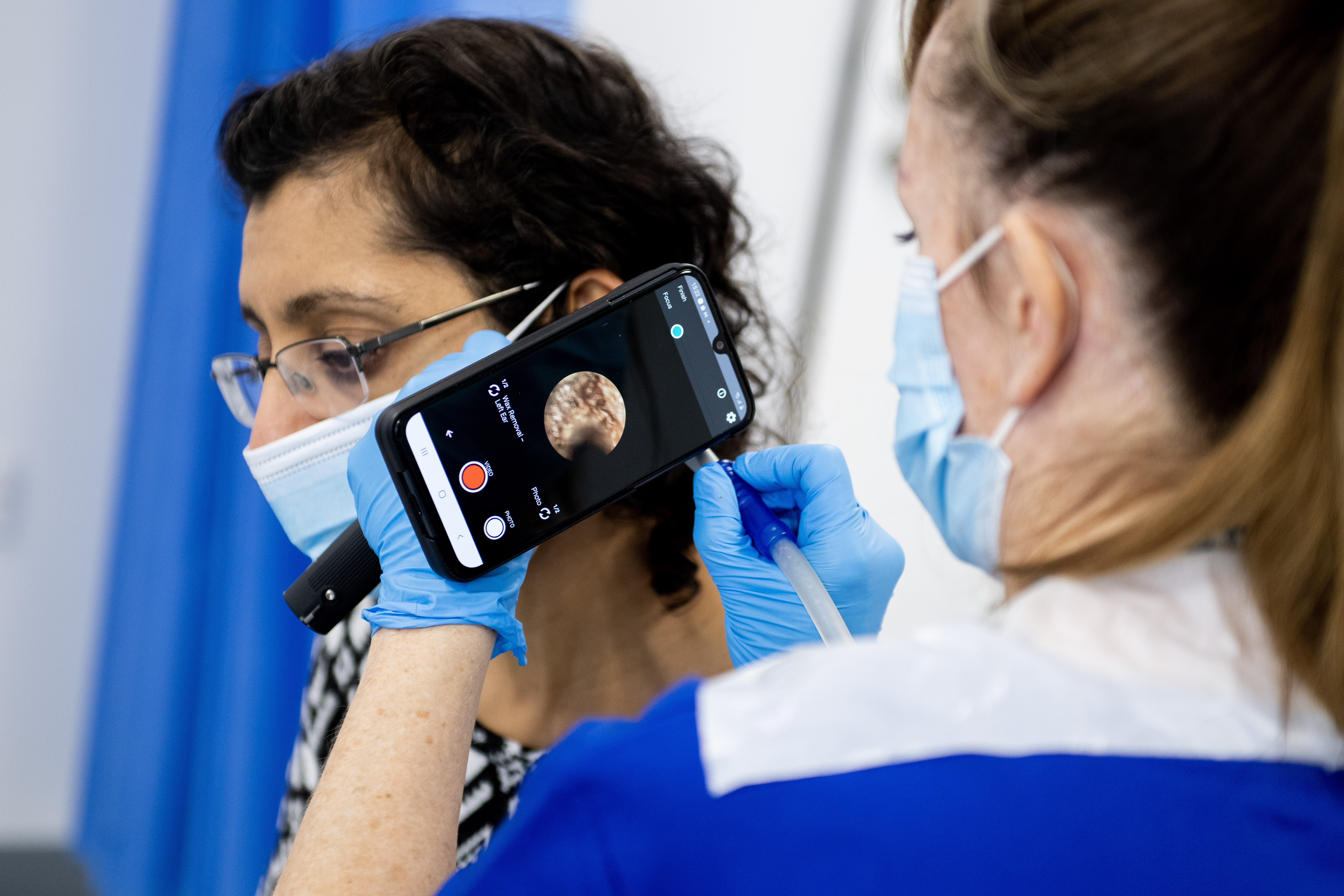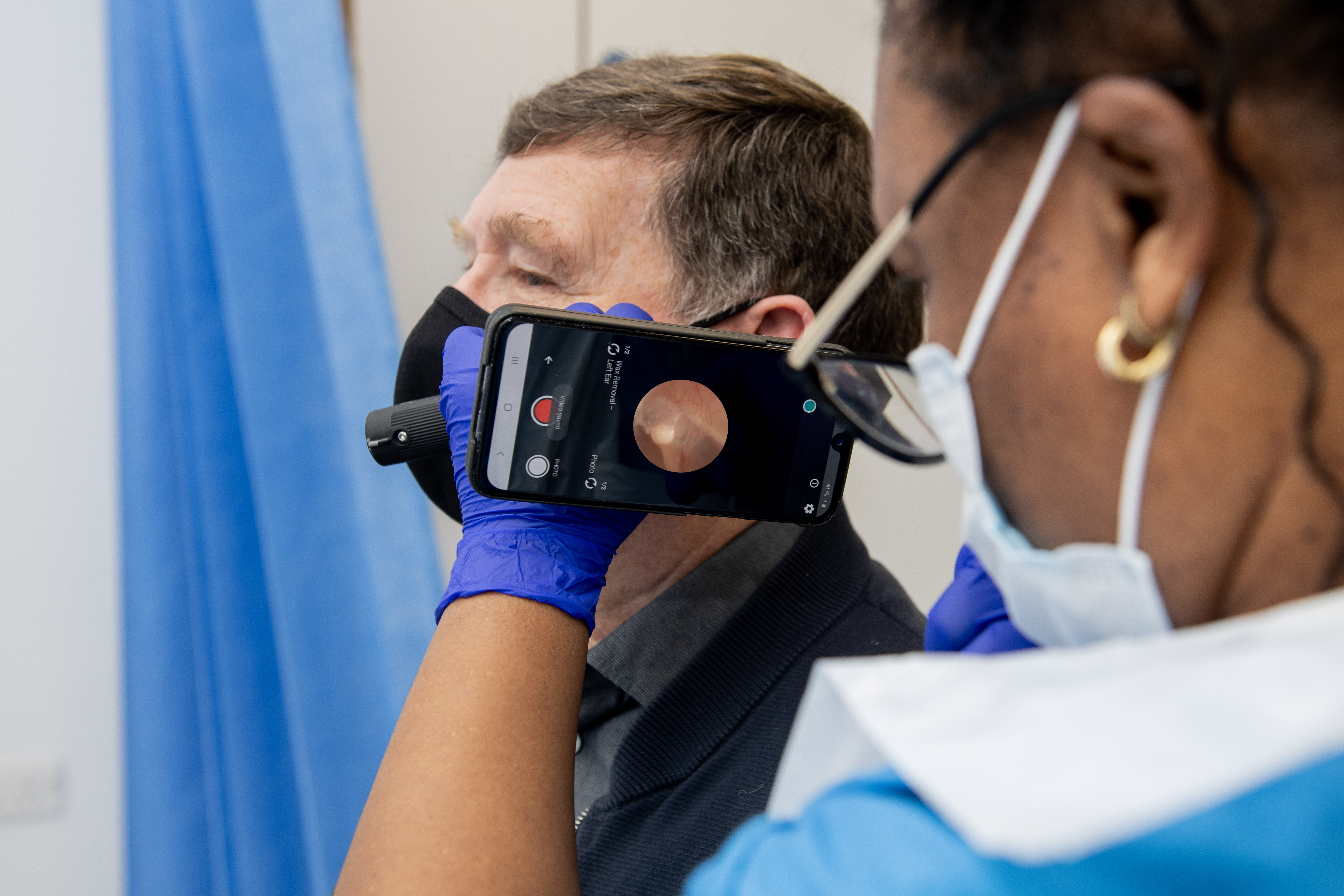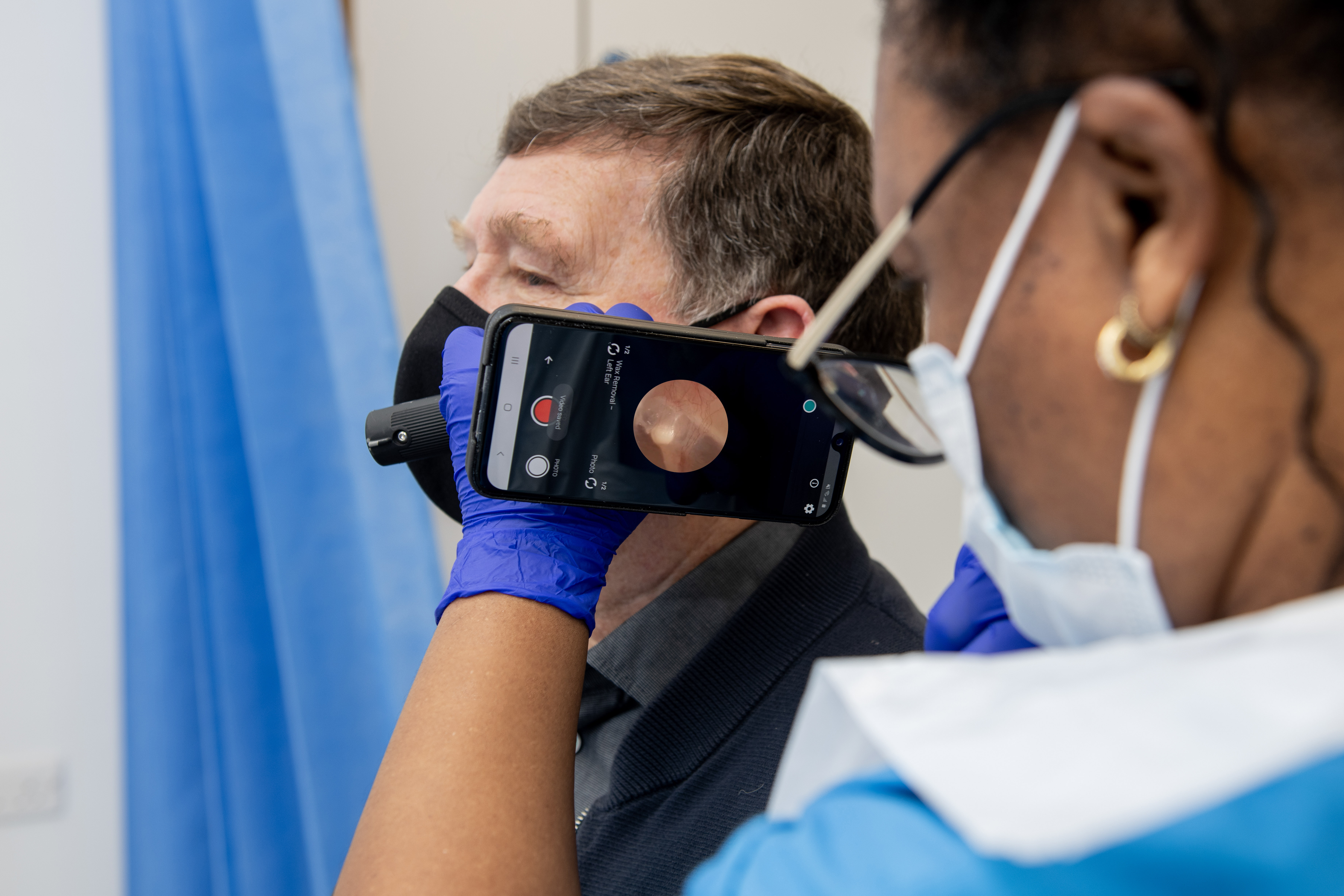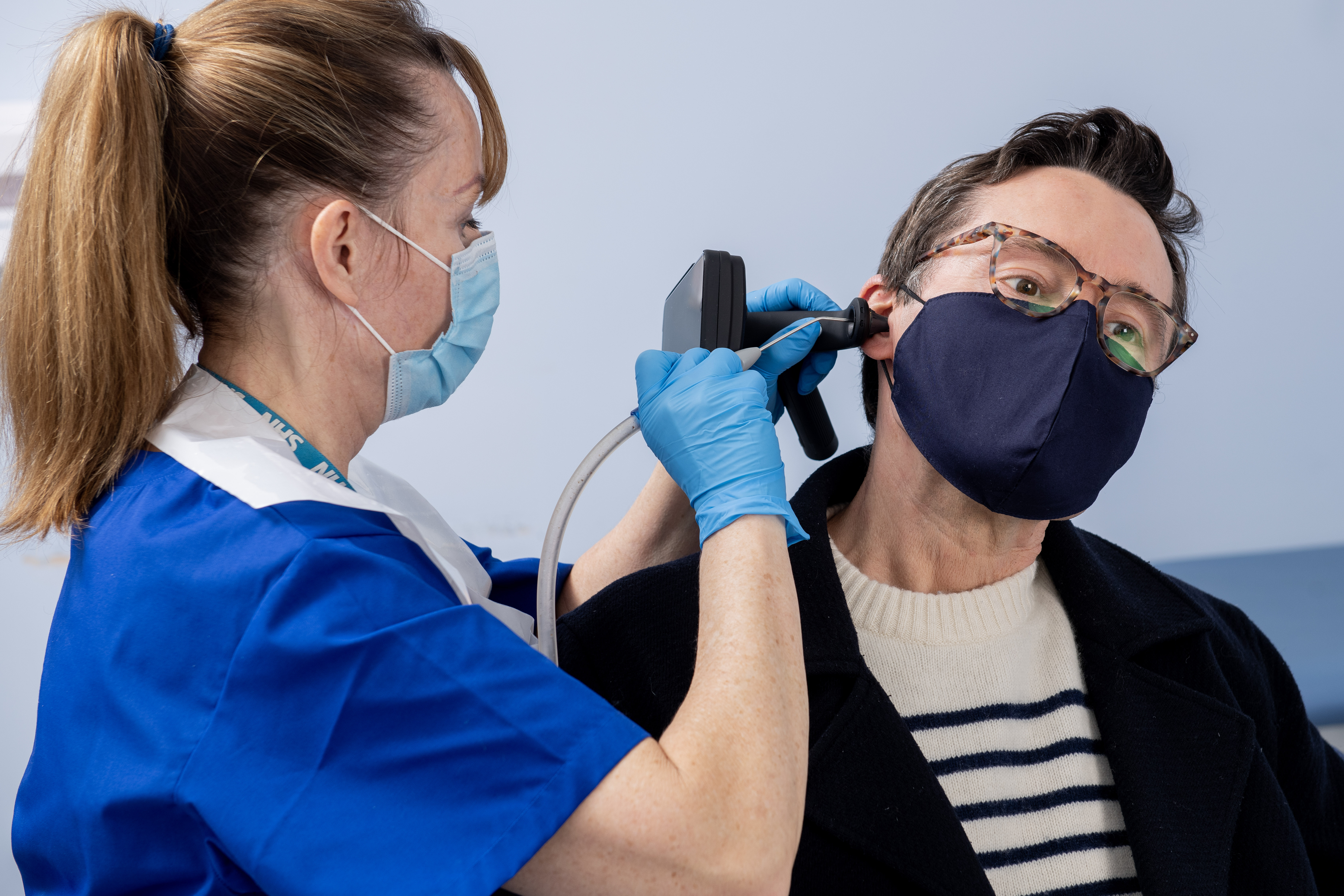Ear microsuction
-
Posted: November 15, 2022Categories: Ear microsuction...Read more
Earwax build-up is something that everyone has to deal with because our bodies continuously produce wax to protect our ears. While ear wax does have its useful purposes, when you have excessive ear wax it can lead to issues.
-
Posted: November 04, 2022Categories: Ear microsuction...Read more
Do you feel like your ears are blocked, or for some reason, your hearing is slowly diminishing? You might have earwax buildup that needs clearing. But I constantly clean my ears, you say.
-
Posted: October 02, 2022Categories: Ear microsuction...Read more
Earwax blockage, also known as earwax build-up, happens for several reasons. Usually, it’s because you either have damaged or narrow ear canals. However, it can also occur if you have a lot of hair in your ears or experiencing a skin condition that may affect your epidermis on your scalp and around your ears.
-
Posted: July 15, 2022Categories: Ear microsuction...Read more
Ear wax is harmless as long as it's cleared out of your ear in time. Long-term earwax buildup can cause other uncomfortable symptoms, including:
- Sudden hearing loss
- Ear ache
- Ear pressure or vacuum
- Tinnitus (reigning or buzzing in ears)
If you're suffering from similar symptoms, you need to get ear wax removal before it leads to more serious conditions, such as ear infections.
How to remove ear wax?
Traditionally, ear wax was only removed by a doctor manually cleaning it out with ear wax softeners or ear syringing.
Ear microsuction is a recently developed method. Microsuction is considered to be safer and more effective than ear syringing or other methods. It avoids touching the sensitive areas of the ear canal and does not come in contact with the eardrum, greatly reducing the chances of pain or infection.










